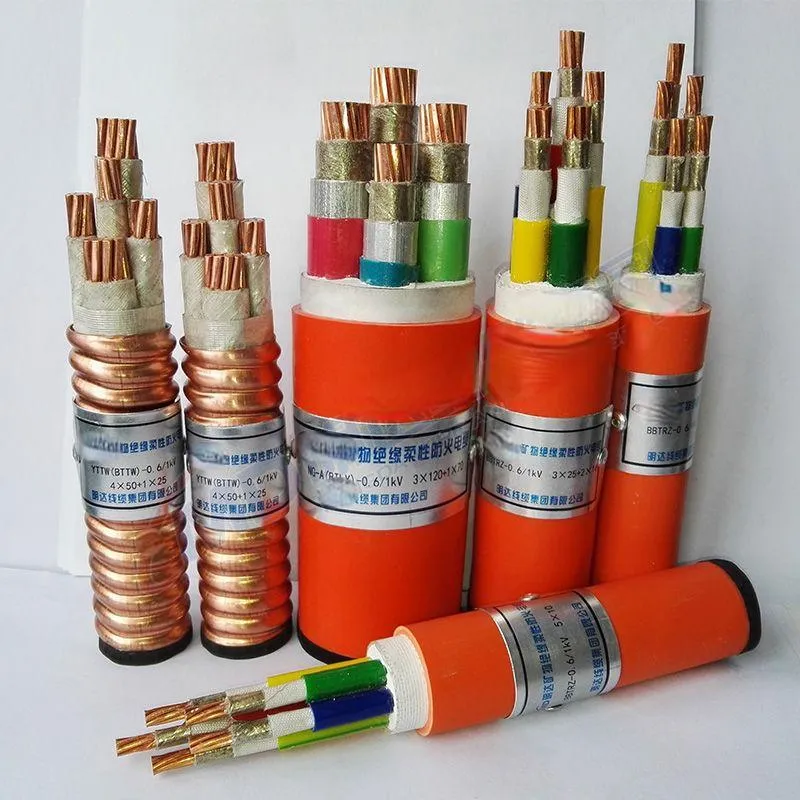Dec . 15, 2024 16:12 Back to list
Electric Actuated Butterfly Valve for Efficient Fluid Control Solutions in Industrial Applications
Electric Actuated Butterfly Valves An Overview
Electric actuated butterfly valves are essential components in modern industrial applications, providing a reliable solution for controlling fluid flow with efficiency and precision. These valves combine the functionality of a butterfly valve with the operational advantages of electric actuators, allowing for seamless integration into automated systems. This article delves into the features, advantages, applications, and future trends related to electric actuated butterfly valves.
Understanding Butterfly Valves
Butterfly valves are quarter-turn rotational control devices used to regulate or isolate the flow of liquids and gases. The design consists of a disc (the “butterfly”) mounted on a rod, which turns within the valve body to either open or close the flow path. Butterfly valves are particularly favored for their simple structure, compact size, and lightweight nature, which make them suitable for a wide range of applications.
Electric Actuation
The integration of electric actuators into butterfly valves enhances their performance by providing precise control over the valve position. Electric actuators convert electrical energy into mechanical motion, allowing for smooth and rapid operation. They can be easily integrated with control systems, providing remote monitoring and automation capabilities. This is particularly beneficial in applications where manual operation is impractical or unsafe.
Key Features
Electric actuated butterfly valves come equipped with several important features
1. Voltage Options They are available in various voltage ratings, including 24V, 110V, and 230V, making them adaptable to different electrical systems.
2. Feedback Mechanisms Many models include position feedback sensors that convey real-time data back to the control system. This feature ensures accurate positioning and enhances system efficiency.
3. Fail-Safe Design Electric actuators can be designed to return to a fail-safe position during power outages, ensuring operational safety.
4. Proportional Control Some electric actuated butterfly valves provide proportional control, allowing for variable flow regulation rather than simply fully open or closed states.
5. Compact Design The combination of the actuator and valve in a compact form factor allows for easy installation, even in limited spaces.
Advantages
The benefits of using electric actuated butterfly valves are manifold
- Energy Efficiency Electric actuation reduces energy consumption compared to pneumatic or hydraulic options, especially in variable speed applications
.electric actuated butterfly valve

- Precision Control These valves offer high precision and repeatability, crucial for processes that require exact flow measurements.
- Reduced Maintenance Electric valves generally have lower maintenance requirements than their pneumatic counterparts due to fewer moving parts and less wear over time.
- Automation Compatibility Integration with modern control systems allows for automation, leading to improved operational efficiency and reduced labor costs.
Applications
Electric actuated butterfly valves are widely utilized across various industries, including
- Water Treatment Used for flow control in water and wastewater treatment plants, ensuring optimal performance of filtration and treatment processes.
- Chemical Processing In chemical manufacturing, these valves control the flow of corrosive substances safely and effectively.
- HVAC Systems They manage airflow in heating, ventilation, and air conditioning systems, contributing to energy-efficient climate control.
- Food and Beverage In sanitary applications, electric actuated butterfly valves are utilized to ensure compliance with hygiene standards while managing fluid flow.
Future Trends
Looking ahead, the development of electric actuated butterfly valves is poised for growth
1. Increased Automation As industries move towards more automated processes, the demand for sophisticated control systems that include electric actuators will rise.
2. Smart Technologies The integration of IoT (Internet of Things) technology will allow for smarter monitoring and control of valve performance, enhancing predictive maintenance capabilities.
3. Sustainability Focus As industries seek to minimize their environmental impacts, energy-efficient solutions such as electric actuated butterfly valves will become increasingly preferred.
4. Advanced Materials Ongoing advancements in materials science will lead to the production of valves that can withstand more demanding conditions, including extreme temperatures and corrosive environments.
In conclusion, electric actuated butterfly valves represent a significant advancement in valve technology, combining ease of use, efficiency, and automation potential. Their versatility and advantages make them a critical choice for various applications across multiple industries, laying the groundwork for future innovations and advancements in fluid control systems.
Share
-
priming-a-pump-with-a-foot-valve-with-strainerNewsAug.23,2025
-
the-importance-of-a-y-strainer-in-pump-protectionNewsAug.23,2025
-
stainless-steel-ball-check-valve-for-high-purity-applicationsNewsAug.23,2025
-
common-applications-for-wafer-type-butterfly-valvesNewsAug.23,2025
-
seat-options-for-a-12-inch-knife-gate-valveNewsAug.23,2025
-
the-lifespan-of-a-typical-dismantling-jointNewsAug.23,2025


